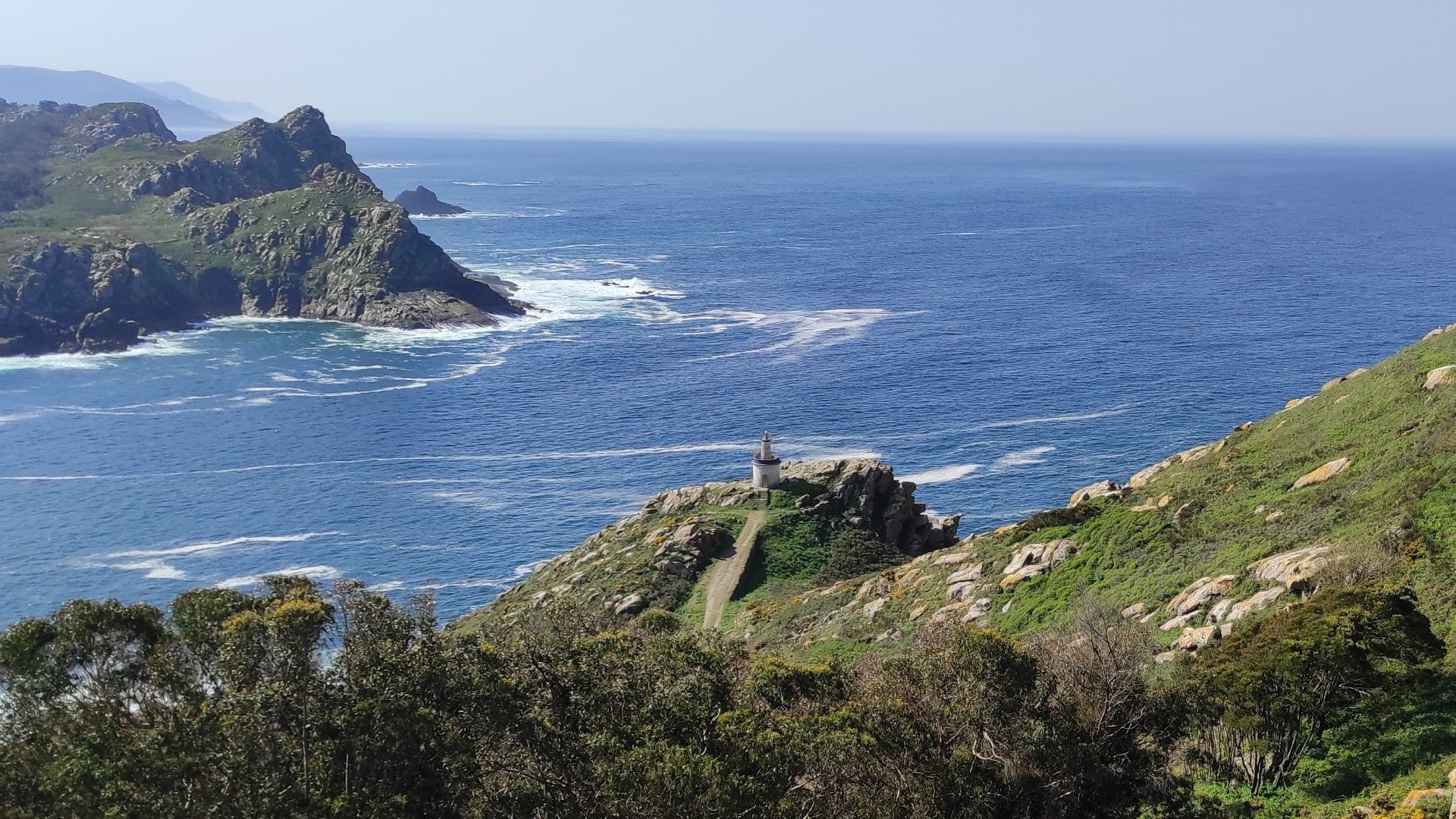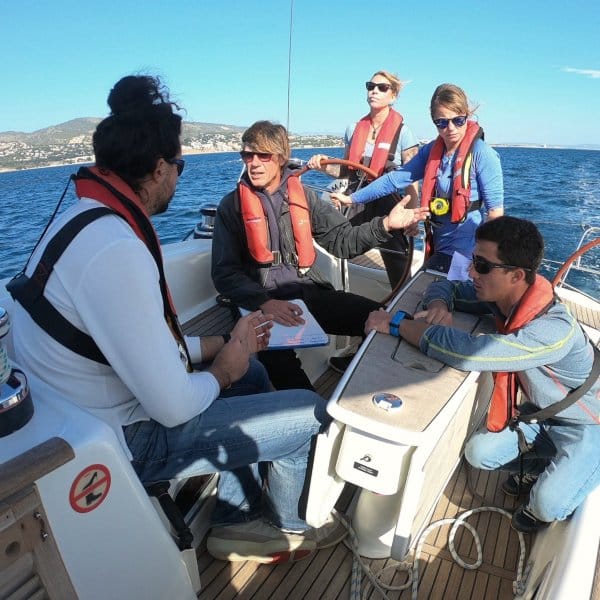
Atlantic vs. Mediterranean, where to do nautical training?
Recent articles
Ocean Sailing: an adventure without limits
The area you choose to learn to sail is very important to enjoy a pleasure craft.
That is why there is a question that many students who are starting out in the world of sailing ask themselves: Is sailing the same in the Atlantic as in the Mediterranean? Which place should I choose?
The Mediterranean Sea is known worldwide for its magnificent beaches and pleasant temperatures, and is one of the most popular destinations for sailing. However, sailing in the Mediterranean Sea is not easy.
Mediterranean Handicaps you should know
The Mediterranean is a confined sea that lies in the middle of several nearby land masses and therefore has the following disadvantages:
- Navigation is more cumbersome. Because the wave period is shorter than in the Atlantic, it produces unpleasant conditions for recreational and even complex navigation as soon as it reaches 2 meters in height.
- Unreliable weather forecast. A reliable weather forecast is essential for safe sailing, and in the Mediterranean weather forecasts are only reliable for 2-3 days. Outside the summer, conditions are much more unstable. This leads to the usual negative surprises.
- Few protected anchorages. Beaches are usually protected only if the wind blows from land. As soon as the wind is rotating, it is necessary to escape from these anchorages.
- Dangerous ports. If there is swell and shallow draft at the entrance of the port. Inland channels between narrow pontoons, squares without finger and above all, in many marinas it is not allowed to practice mooring.
Galicia, the best sailing area in the Iberian Peninsula
In Galicia you will find 800 miles of magnificent coastal archipelagos, multiple estuaries and natural inlets that create a nautical paradise for sailing.
Specifically, the Rías Baixas are the best scenery to enjoy the Atlantic coast, the Rías Baixas are the best scenario to enjoy the Atlantic coast because they offer because they offer very unique conditions that we like to refer to as Easy Sailing:
- Navigation in protected waters. The Rías make Galicia a unique enclave for sailing because they help to generate a safe space for sailing during all year roundwith calm winds and calm waters. Hundreds of capes and dreamlike landscapes await the coastal sailor.
- Mild to moderate conditions. In contrast to the image we have of Galicia, in the R In the Baixas estuaries the usual winds do not exceed 15 knots. Inside the estuaries there are no waves and the swell outside the estuaries has a very long period that generates gentle waves without a breaker. When there are storms, inside the estuaries you can sail without any problem.
- Reliable weather forecasts. In Galicia we can accurately plan the outings for nautical practices because the weather forecasts are reliable even 7 days in advance.
- Plentiful harbors and beaches with easy anchorages. Only in the Ría de Vigo we have 16 marinas with wide corridors and finger, and the vast majority of beaches are possible safe anchorages because they are fully protected from the wind and sea. So the options to sleep peacefully are many and varied.
Take your sailing lessons with Jules Verne
In Julio Verne Náutica we offer all the practices for Spanish qualifications and we have instructors who are true professionals of the nautical, with passion for their work, experience in pleasure boats and vocation for teaching.
Get in touch with us if you want to improve your sailing skills in one of the most in one of the most incredible destinations to enjoy a boat trip.
Iván Pérez-Gándaras is CEO of Julio Verne Náutica and the main Director of the company's RYA Training Center. His vast experience is based on the highest nautical qualifications such as Yachtmaster without limits, STCW95 and RYA Yachtmaster Offshore with commercial endorsement. He has accumulated more than 20,000 ocean miles in deliveries and transatlantic crossings, in addition to 30,000 miles in scientific expeditions, including Antarctica and Newfoundland.
A trainer since 1993 and instructor of nautical qualifications since 2009, his background combines a solid technical background with exceptional practical experience. With a degree in Marine Biology from the University of Santiago de Compostela and World Champion in Dinghy Sailing (1989), his unique perspective ensures that Julio Verne Náutica's articles, training and charter services are delivered with the highest level of technical rigor and passion for the sea.
- Iván Pérez-Gándaras
- Iván Pérez-Gándaras
- Iván Pérez-Gándaras
- Iván Pérez-Gándaras





Comments are closed for this article!